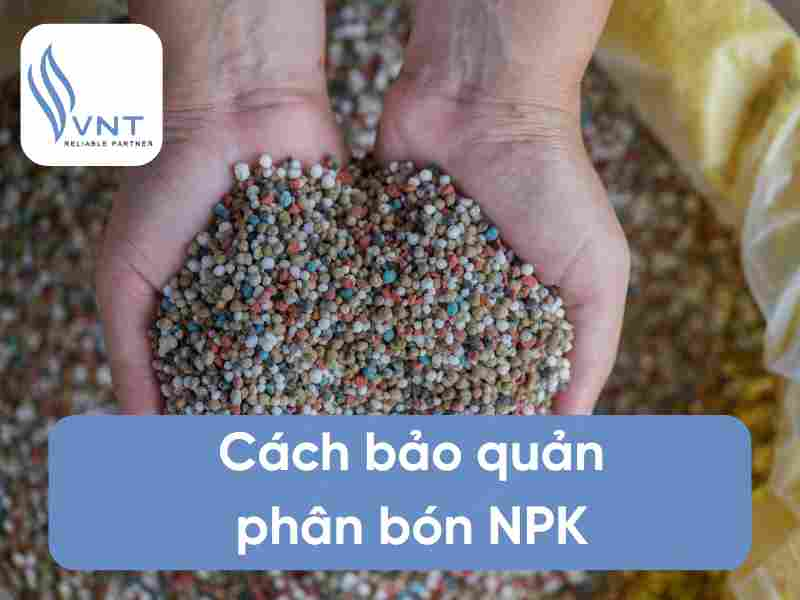WHAT IS PHOSPHATE FERTILIZER? SUMMARY OF POPULAR phosphate fertilizers on the market
What is phosphate fertilizer? What types of fertilizers are there? For plants to grow strongly and achieve high yields, fertilization is extremely necessary. In particular, phosphate fertilizer plays a very important role in plant growth. This is one of the three macronutrients that are essential for plants. Let's learn about this type of fertilizer with VNT company.
What is phosphate fertilizer?
Phosphate fertilizers are fertilizers containing the nutrient element phosphorus, used to fertilize plants. There are many types of phosphate fertilizers, which can be divided into natural phosphate fertilizers and processed phosphate fertilizers.
Phosphate participates in the protein components that make up cells, so it is an indispensable substance for the life of plants. Plants absorb phosphate fertilizers in the form of phosphate ions (PO4)3-.
>> Phosphate fertilizers are chemical fertilizers, one of the three macronutrients that plants need most. Learn more about chemical fertilizers to know more about these elements.
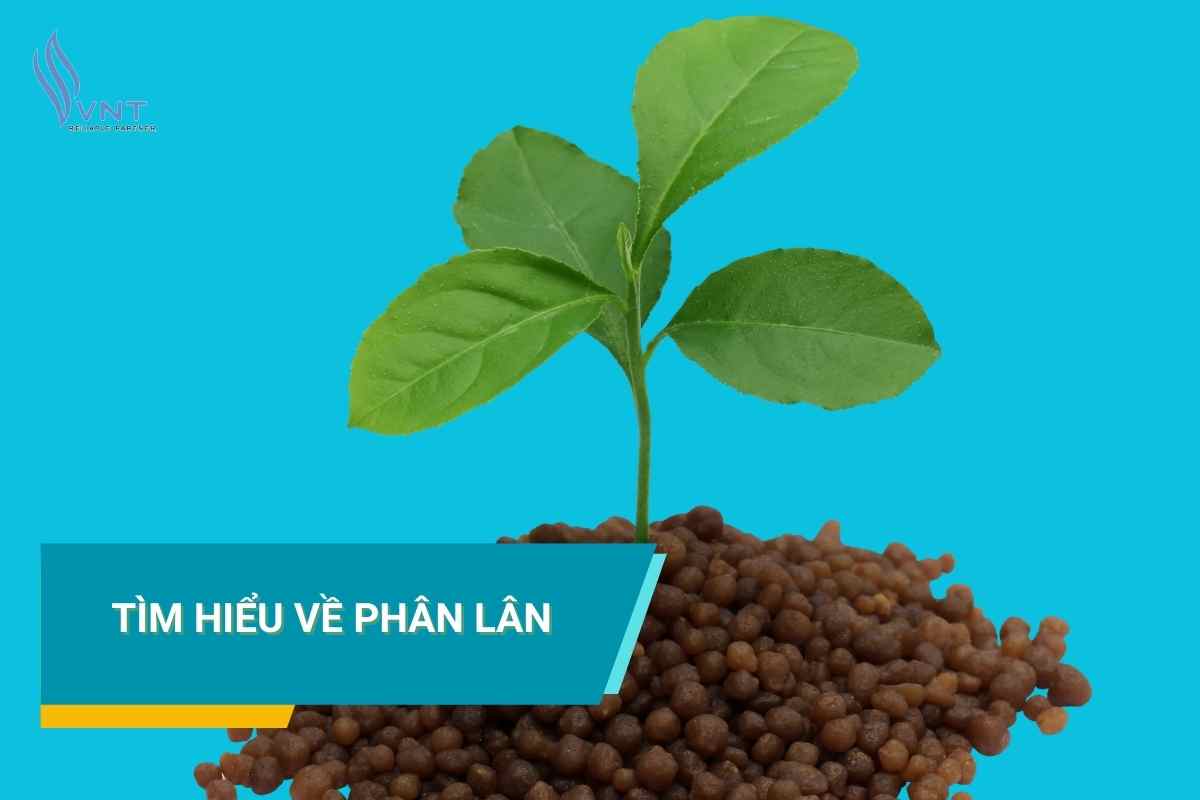
What is phosphate fertilizer?
The role of phosphate fertilizers for plants
Petroleum fertilizers are essential for plants, especially during the growing period. Phosphate fertilizers promote the biochemical, metabolic and energy processes of plants. Phosphate fertilizers have the effect of making branches and leaves strong, seeds firm, fruits or tubers large. Specifically:
- Participate in the process of root development, photosynthesis and respiration.
- Phosphorus forms the cell nucleus, so it is essential for the formation of new parts of the plant. Creates active substances that form flower buds, branching, flowering, and fruiting.
- Phosphorus is the main factor that determines flowering, fruiting and the ripening process of fruits and seeds, helping flowers and fruits to be large and seeds to be firm.
- Phosphorus affects the transport of accumulated sugar and starch to seeds and parts of the protoplasm. Helps plants resist cold and heat. At the same time, it increases the ability to withstand other unfavorable conditions such as drought, waterlogging, pests and diseases.
- Phosphorus has the effect of limiting the harmful effects of excess nitrogen fertilization.
– Phosphorus also has a buffering effect, making plants resistant to acidity and alkalinity.
When fertilizing plants with enough phosphorus, it will help plants grow and develop well. Plants bud and flower early, giving high yield and quality.
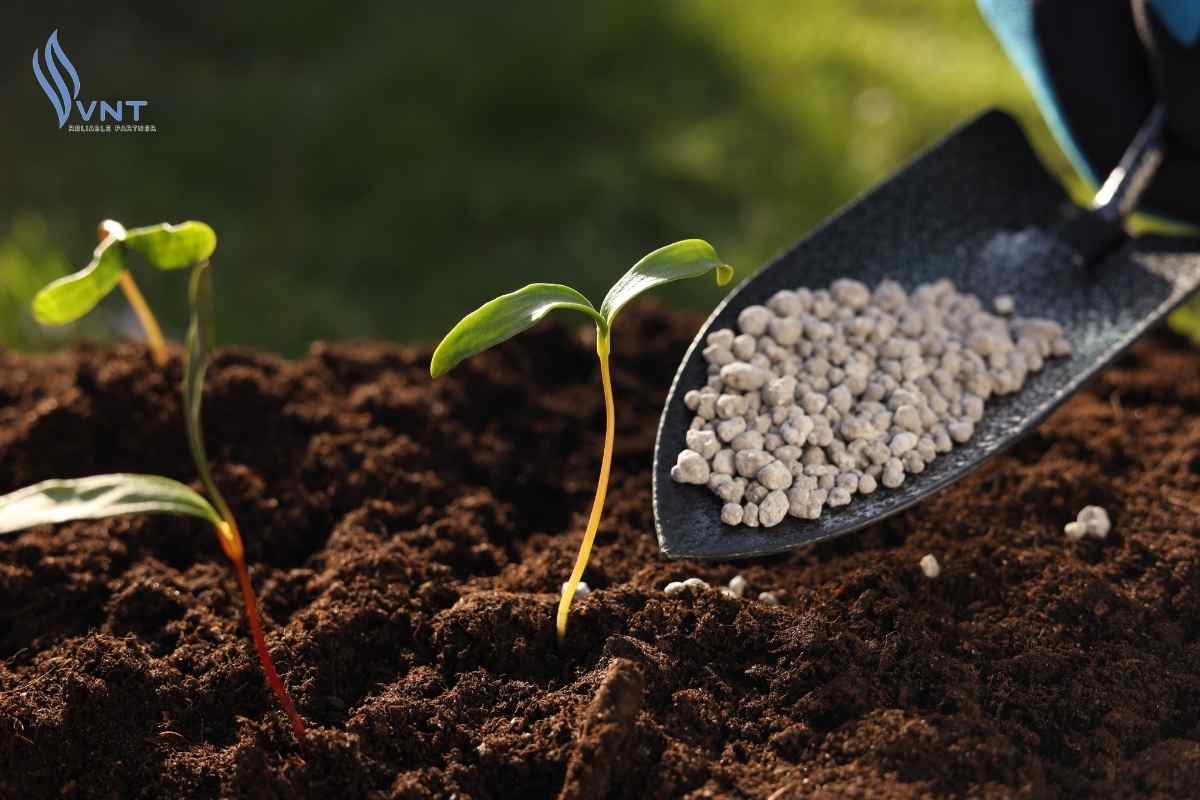
The role of phosphorus fertilizer for plants
Symptoms of phosphorus deficiency in plants
Phosphorus is essential for the growth process of plants. Phosphorus deficiency causes low yield, poor quality and some other effects.
– Reduces the ability of plants to synthesize starch, flowers are difficult to bloom. Fruits are few, ripen slowly, fruits often have thick, porous skins and are susceptible to rot, fungi easily attack,
– Phosphorus deficiency affects the quality of flowers, fruits and tubers.
– Branches and leaves grow poorly, many leaves fall off, leaves are initially dark green then turn yellow and turn purple-red (starting from the lower leaves first, and from the edge of the leaf inward).
– Roots grow slowly, plants are short, affecting the absorption of nutrients.
– Protein synthesis is interrupted, leaves become smaller and the leaf blades are narrow and tend to stand upright.
– Phosphorus deficiency leads to accumulation of nitrate nitrogen, hindering protein synthesis.
– Limiting photosynthesis and respiration, affecting fruit set, reducing resistance, greatly affecting crop yield.
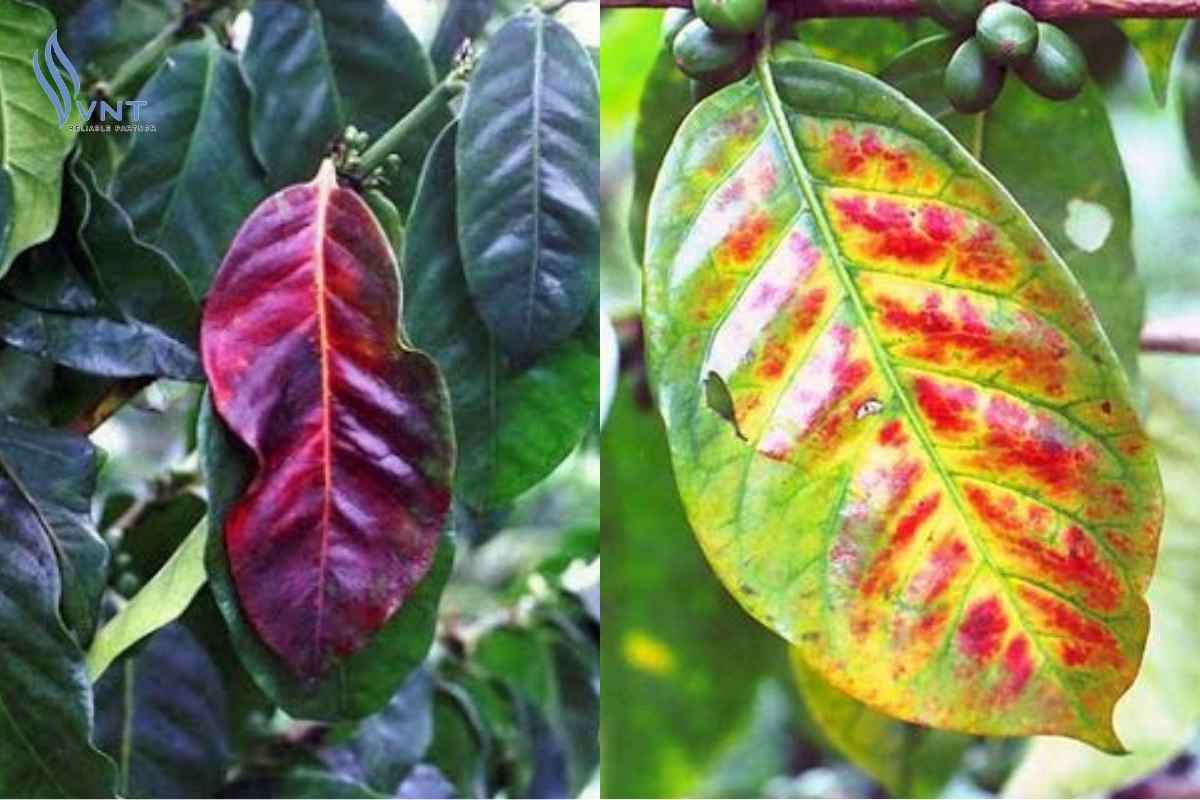
Symptoms of phosphorus deficiency in plants
Symptoms of phosphorus excess in plants
If phosphorus deficiency causes plants to grow slowly and have low yield, it is easy to recognize, but excess phosphorus is very difficult to detect. However, excess phosphorus can easily lead to zinc and copper deficiency in plants.
When too much phosphorus is applied, plant growth will be inhibited, leading to excess pigments. Some signs of phosphorus excess in plants:
– Excess phosphorus will cause plants to ripen too early, not having time to accumulate a high-yield crop.
– Phosphorus is a mobile element, so it can be transported from old organs to young organs, especially in growing parts, inhibiting plant growth.
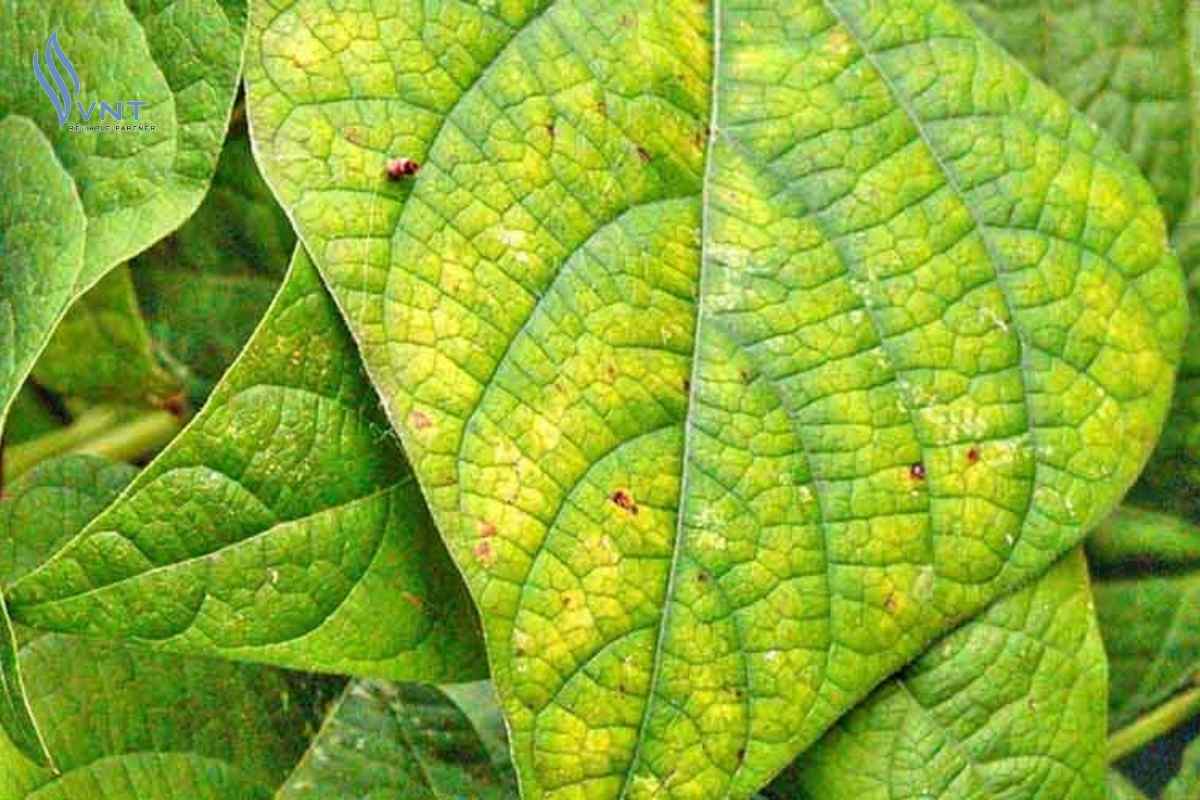
Signs of excess phosphorus in plants
Common types of phosphorus fertilizers on the market
Phosphate fertilizers are divided into 2 types: Natural phosphorus fertilizers and processed phosphorus fertilizers. Each type of fertilizer has its own advantages and disadvantages and is often used as top dressing. Phosphate fertilizer content is often calculated by the mass of P2O5 in the fertilizer.
1. Natural phosphorus fertilizer
This is a type of fertilizer that is often available in nature, unprocessed. It is often used as an early base fertilizer because it is quite difficult to digest.
Natural phosphorus fertilizers are divided into 2 types:
– Apatite: Contains 30 – 32% P2O5, Calcium and many other minerals. Apatite is often used to fertilize acidic soils, alum soils, and low-lying, phosphorus-poor soils.
– Phosphorite: contains 8 – 12% P2O5. This is a fairly dry and loose fertilizer. The fertilizer is in powder form, often used for acidic, alum soils, waterlogged, low-lying soils, very suitable for legume varieties.
Natural phosphate fertilizers should usually be applied early precisely because they are difficult to digest.
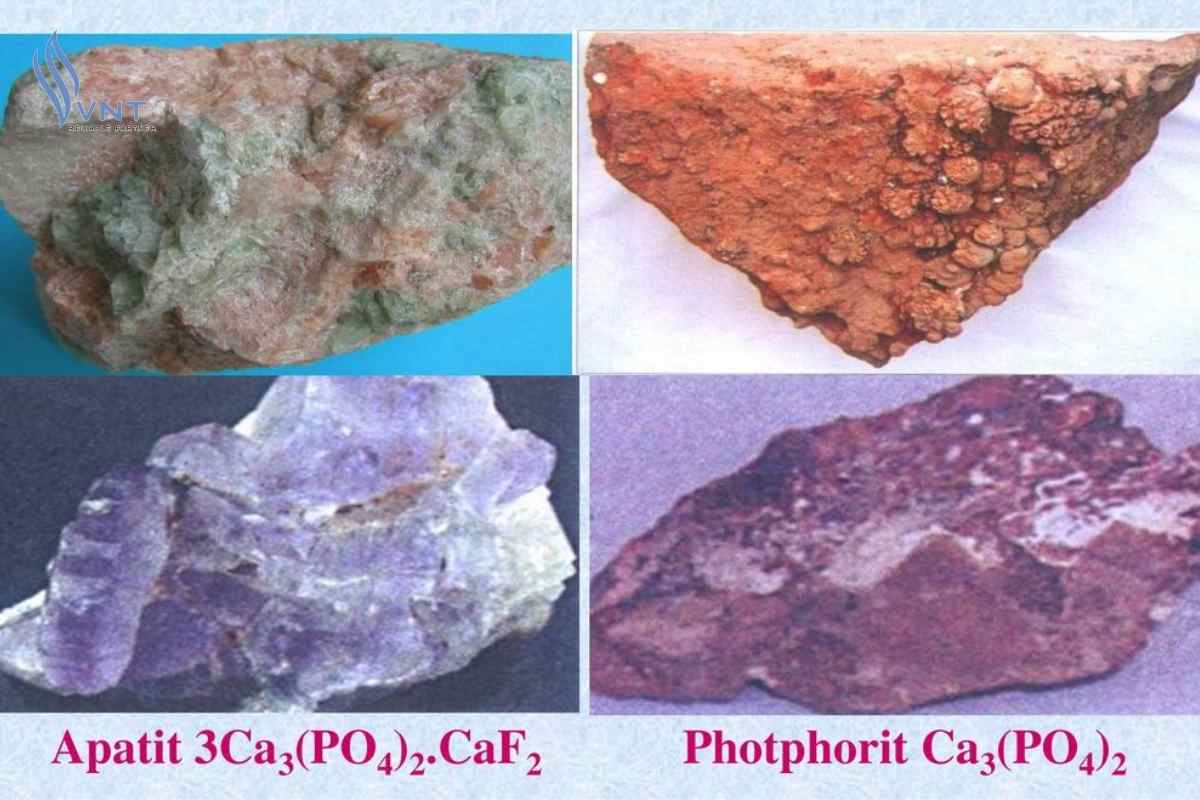
Natural phosphate fertilizers
2. Processed phosphate fertilizers
This is a type of fertilizer processed by industrial processes, often with high P2O5 content and is widely used by people.
Processed phosphate fertilizers are divided into 2 types: fused phosphate fertilizers and superphosphate fertilizers.
a. Fused phosphate fertilizer
Fused phosphate fertilizer has the main ingredient Ca3(PO4)2. This type of fertilizer contains 18 – 20% P2O5, 28 – 30% Ca, 17 – 20% Mg, 24 – 30% Si, and also contains trace amounts of iron, copper, molybdenum, manganese, and cobalt.
Characteristics:
– Fused phosphate fertilizer is in the form of gray-green powder.
– Fused phosphate fertilizer is alkaline and suitable for acidic soils and corn and bean crops.
– Fused phosphate fertilizer is slightly soluble in water, soluble in mild acid, so it has a slow but long-lasting effect.
– Supplement Ca2+ and Mg2+ for crops.
Fused phosphate fertilizer is suitable for acid sulfate soils in the Mekong Delta, mountainous soils in the Southeast and Central regions, and poor soils. The more acidic and alkaline the soil, the higher the effectiveness of fused phosphate fertilizer.
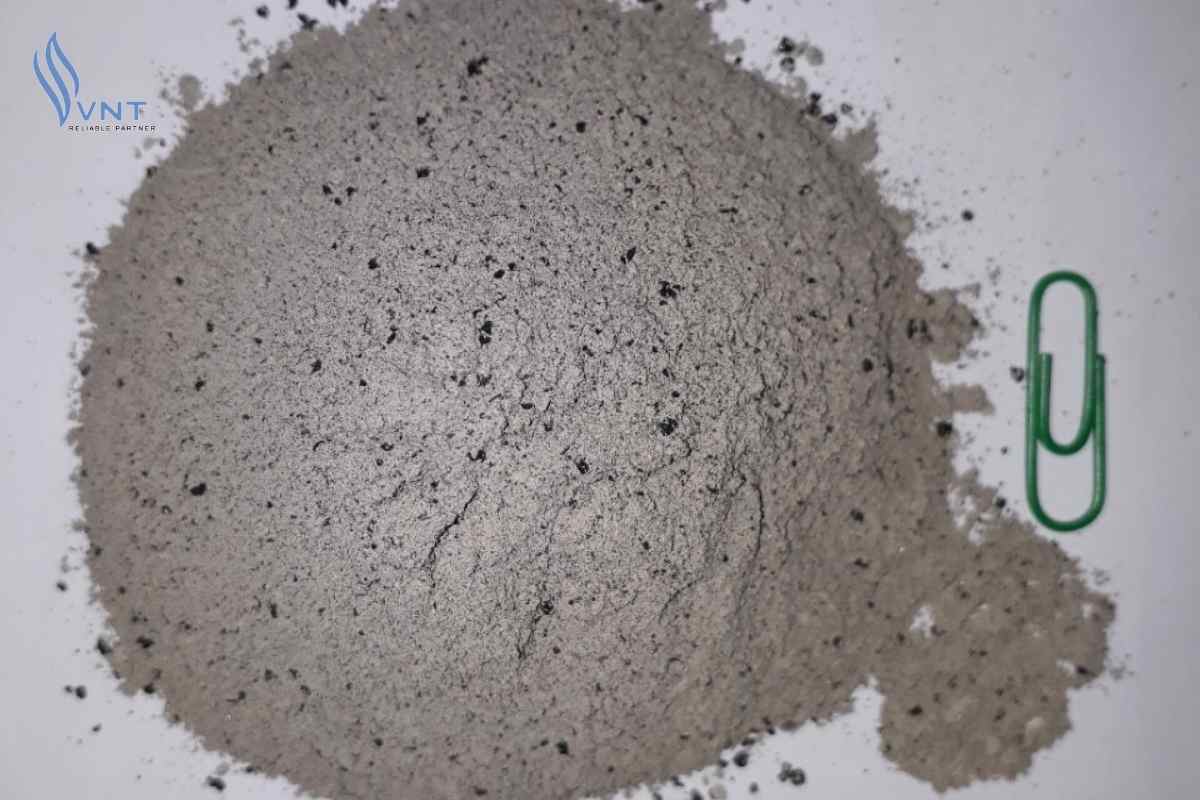
Fused phosphate fertilizer
b. Superphosphate
Superphosphate, also known as superphosphate, is the most popular fertilizer used by farmers today. Superphosphate has the chemical formula Ca(H2PO4)2.
Superphosphate is divided into two small types: single superphosphate (containing 17-18% P2O5) and double superphosphate (containing 37-47% P2O5)
Characteristics of superphosphate
- Acidic, not suitable for acidic soil. If fertilizing on acidic soil, it should be combined with lime and other phosphate fertilizers (such as fused phosphate).
- Superphosphate is easy to digest, easy to dissolve in soil, can be absorbed by plants, effective quickly, suitable for many types of plants.
- Superphosphate fertilizer helps supplement Calcium for plants Ca2+ for plants
Superphosphate fertilizer is often used as a top dressing for plants. In particular, superphosphate composted with manure is very good for plants.
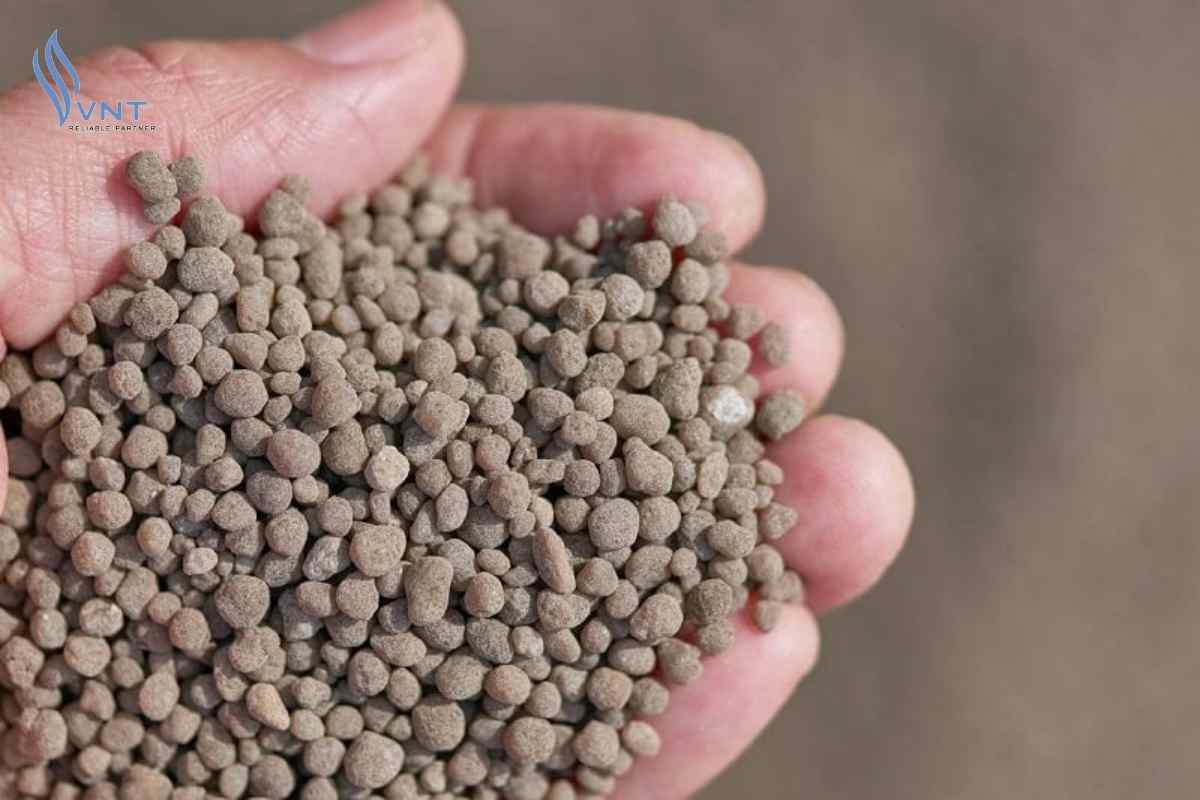
Superphosphate
3. Microbial phosphate
Currently, Vietnam has gradually applied microbial technology to fertilizer production, aiming to increase the efficiency of crops without harming the plants. This is an extremely potential and important step for the development of the fertilizer industry and the country's agriculture.
Some notes when using phosphate fertilizers
- Phosphate fertilizers are mainly used as basal fertilizers, easily digestible fertilizers such as Superphosphate can be used as top dressing.
- Applying too much phosphate can cause plants to lack some trace elements, so phosphate fertilizers are often combined with additional fertilization of essential trace elements.
- Depending on the type of soil, choose the appropriate type of phosphate fertilizer.
- Phosphate fertilizer should be combined with manure. It is best to compost superphosphate with manure to increase the efficiency of phosphate, limiting soil fixation.
- It is important to note that when applying phosphate, the soil must be kept moist enough, not to let the soil dry out. On the other hand, when applying phosphate, it should be mixed into the soil so that the fertilizer is as close to the roots as possible.
– When fertilizing, pay attention to the following characteristics to choose the right fertilizer and dosage:
+) Fertilize according to soil type
+) Fertilize according to soil mechanical composition
+) Fertilize according to crop characteristics
+) Combine phosphate fertilizer with supplementary fertilization of essential trace elements
– Always observe the situation of crops during growth to limit risks, promptly prevent and immediately improve problems that cause negative effects during cultivation
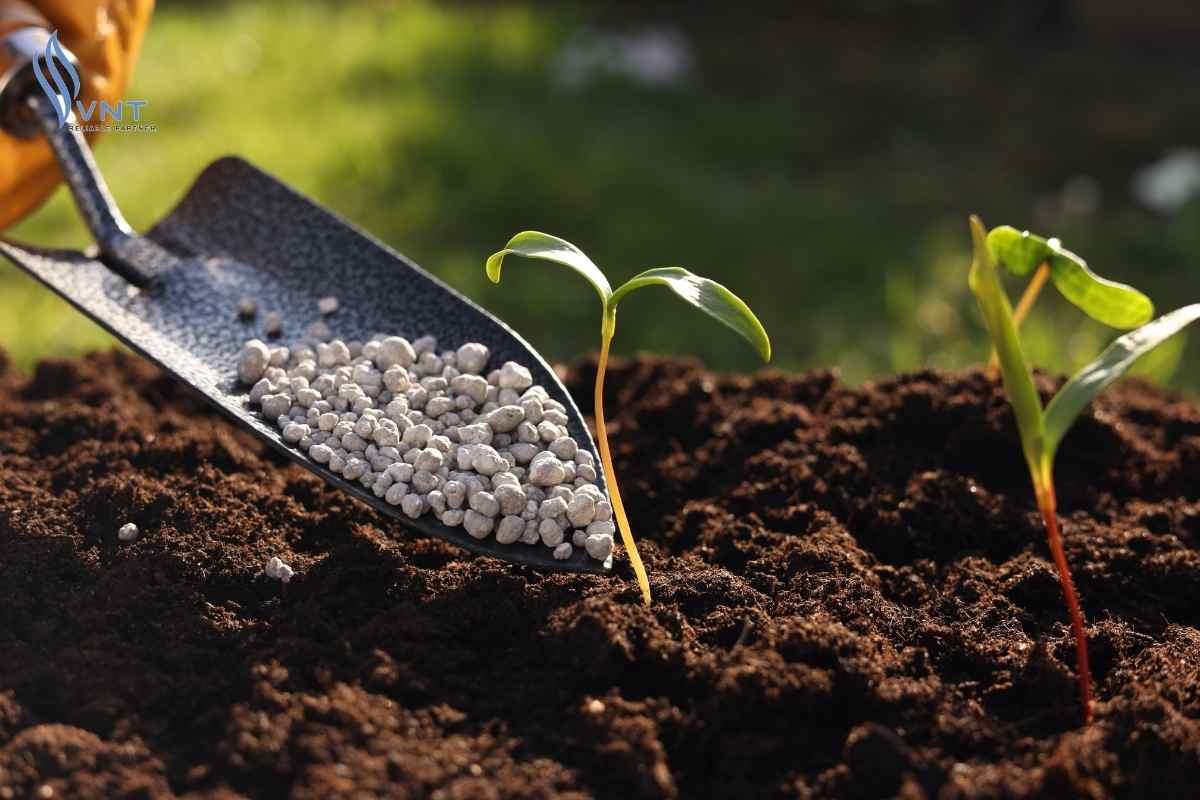
Some notes when using phosphate fertilizers
Top most popular phosphate fertilizer products today
1. PHOSPHOROUS ACID (H3PO3) 98% – Superphosphate
Phosphorous Acid (H3PO3) 98% is a fertilizer that plays an important role in the development of crops.
Product name: PHOSPHOROUS ACID (H3PO3) 98% – phosphoric acid – Superphosphate
Formula: H3PO3
Achieved content: H3PO3 98%
Uses:
– Provides organic sources and essential nutrients for plants.
– Creates a soil environment in the root zone that is safe for root-damaging fungi.
– Rapidly reduces soil acidity, limits the harmful effects of alum and salinity.
– Promotes strong root development, healthy plant growth.
– Increases cultivation efficiency.
>> See details of PHOSPHOROUS ACID (H3PO3) 98% product here.
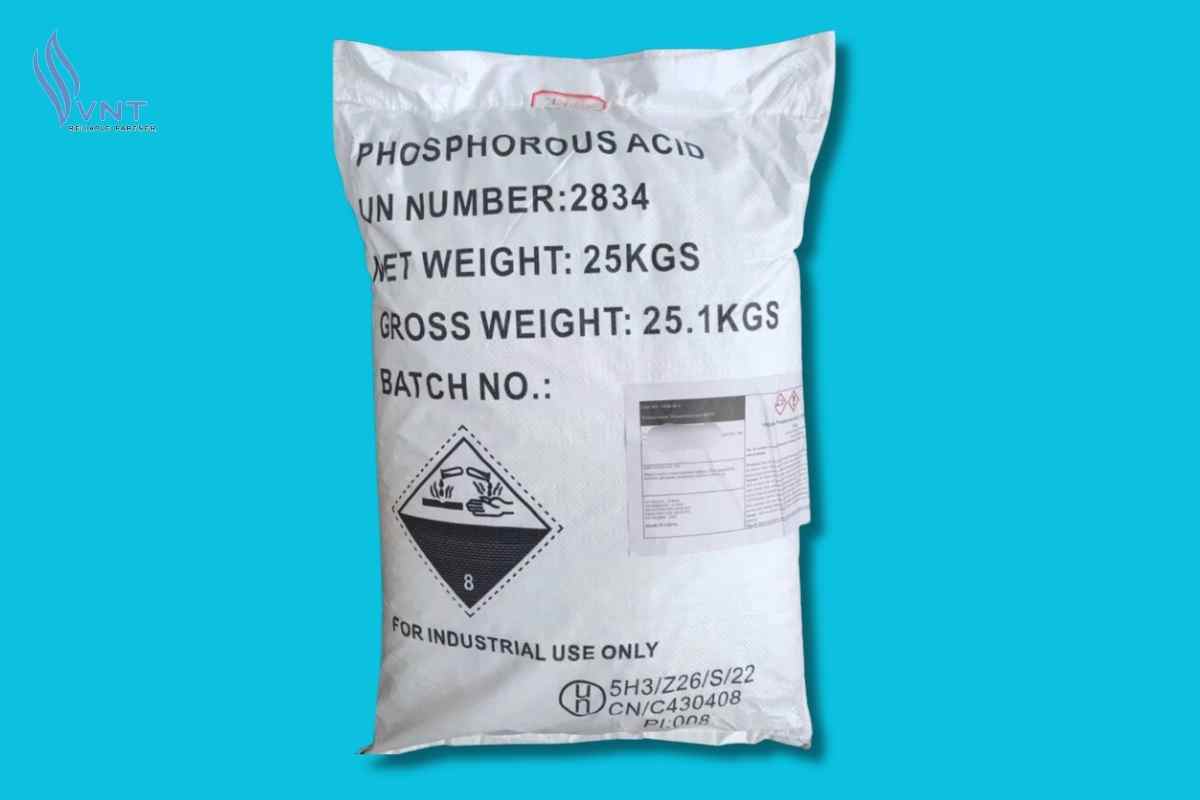
PHOSPHOROUS ACID (H3PO3) 98% – SUPERPHOSPHATE
2. Diammonium Phosphate (DAP)
English name: Diamon phosphate
Chemical formula: (NH4)2HPO4
Ingredients:
– With DAP 18-46: 18%N - 46%P2O5
– With DAP 21-53: 21%N - 53%P2O5
Uses:
– Provides the 2 most important nutrients for plants: Phosphorus (P2O5) and nitrogen (Nitrogen).
– High phosphorus content, so it is suitable for use in areas of alum soil and basalt soil.
– Used to fertilize many different types of plants and used as basal fertilizer or top dressing.
– Helps plants to be strong, increase resistance, withstand pests and harsh weather.
>> See details of Diammonium Phosphate (DAP) product here.
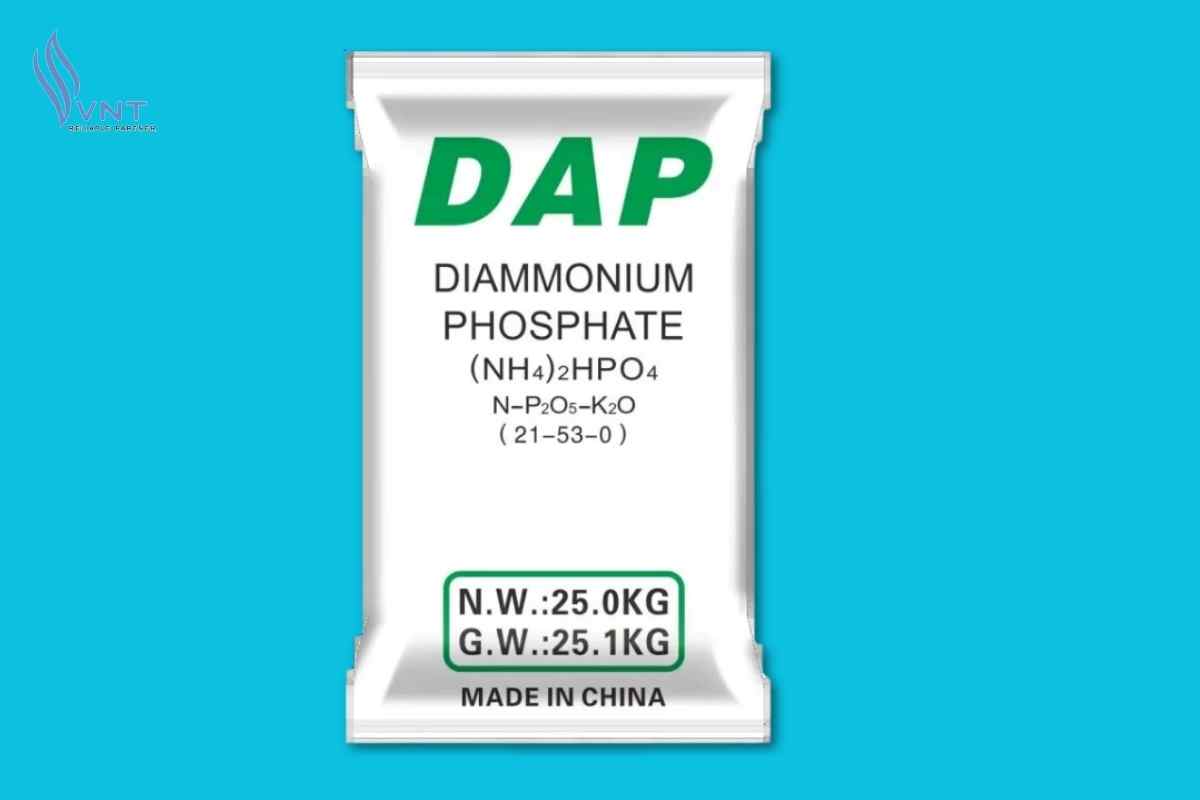
Diammonium Phosphate (DAP)
3. Mono Ammonium Phosphate (MAP)
Ingredients:
- Total nitrogen (Nts): 12%
- Effective phosphorus (P2O5hh): 61%
- Moisture: 1%
Uses:
- Develops strong, healthy roots, absorbs water and nutrients better.
- Promotes flowering, fruit set, increases crop yield.
- Improves the quality of large, even, beautiful-colored fruits, increases sugar and nutrient content.
- Increases disease resistance, good tolerance to drought and waterlogging.
- Flexible in use to meet the specific nutritional needs of each crop.
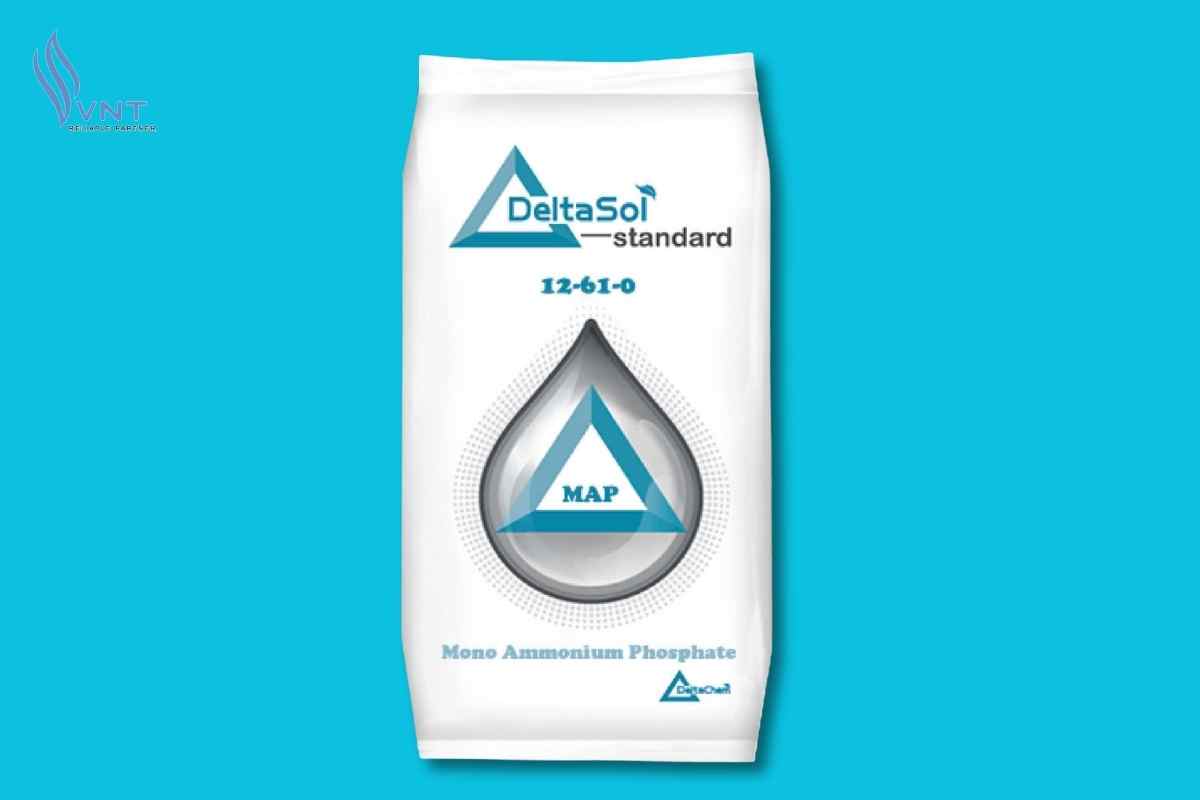
Mono Ammonium Phosphate (MAP)
4. Mono Potassium Phosphate (MKP)
Ingredients:
– P2O5: 52%
– K2O: 34%
– Moisture: 1%
Uses:
– Enhances photosynthesis: Thanks to the high magnesium content, the fertilizer helps enhance the photosynthesis process, thereby increasing crop productivity.
– Improves the quality of agricultural products: The fruit will have beautiful colors, delicious flavors and can be preserved longer.
– Reduces leaf fall: Magnesium helps strengthen leaves, reduces leaf fall.
– Increases disease resistance: Healthy plants will have better resistance to pests, drought, and waterlogging.
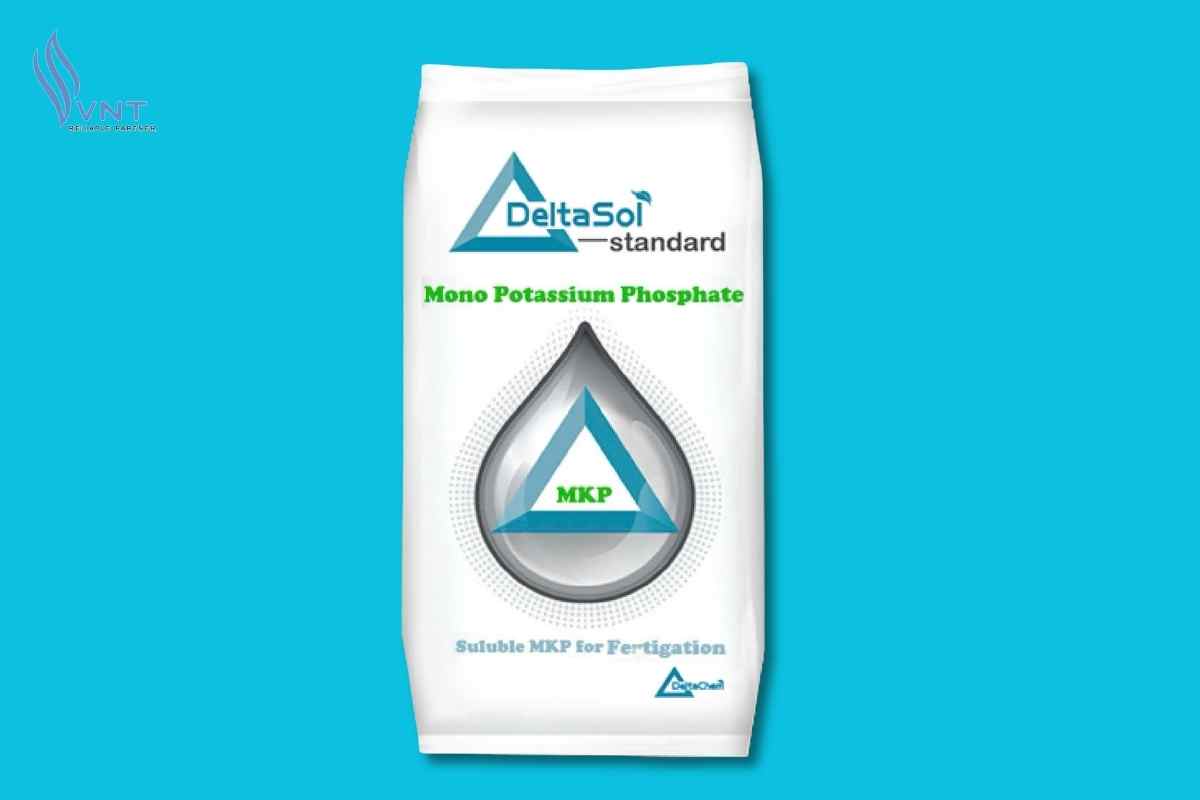
Mono Potassium Phosphate (MKP)
A reputable supplier of phosphate fertilizers
VNT Company is one of the most reputable distributors of phosphate fertilizers as well as other fertilizers in the country. Preferential prices and reputable genuine quality are always the strengths of VNT chemicals.
VNT with many years of experience in the industry and a team of enthusiastic staff, always brings satisfaction to customers. Especially when buying at VNT chemicals, customers will always receive many attractive incentives.
Need fertilizer, come to VNT right away!!
>> Contact or see the fertilizer catalog immediately to choose the product you need and receive many incentives from us.
Above is detailed information about phosphate fertilizer that VNT company has compiled. Hopefully the article will help farmers have more knowledge to help the crop be bountiful. Contact VNT company immediately via hotline for advice, purchase and sale of phosphate fertilizer products and other fertilizer lines at the most preferential prices.
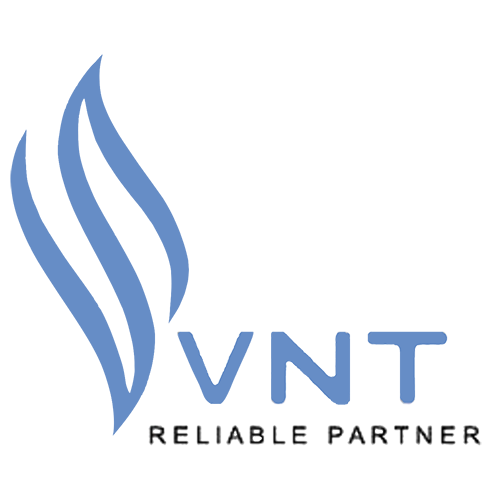


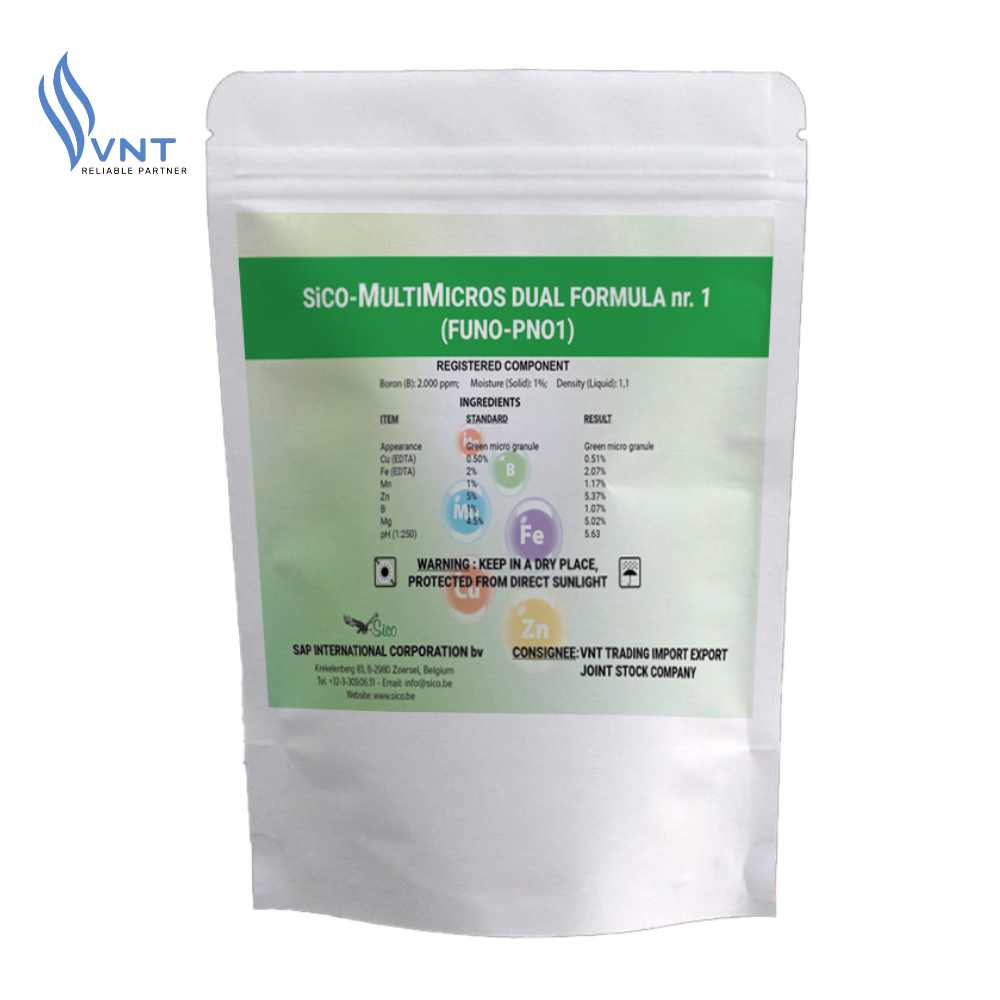
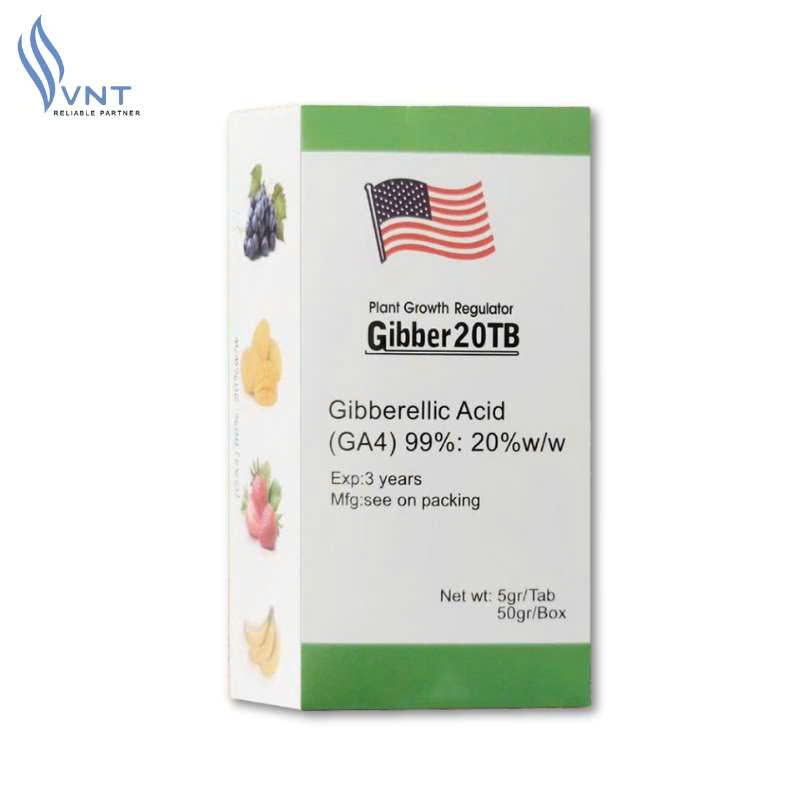
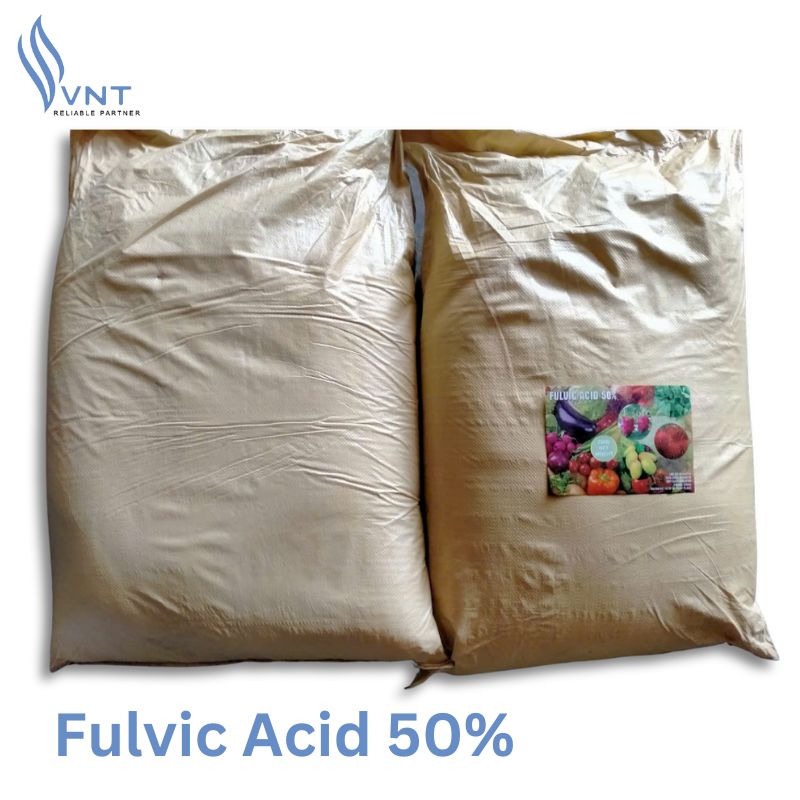
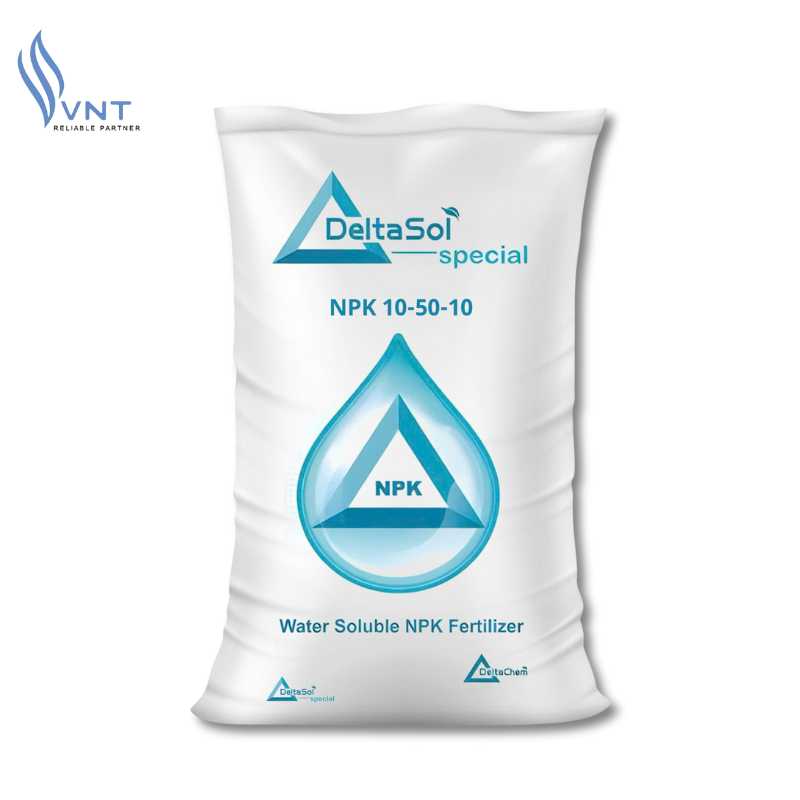
![[Q&A] How Long After Applying NPK Fertilizer Can You Eat Vegetables?](https://vntradimex.com/public/files/news/bon-phan-npk-cho-rau-bao-lau-thi-an-duoc-685e204cde416.jpg)
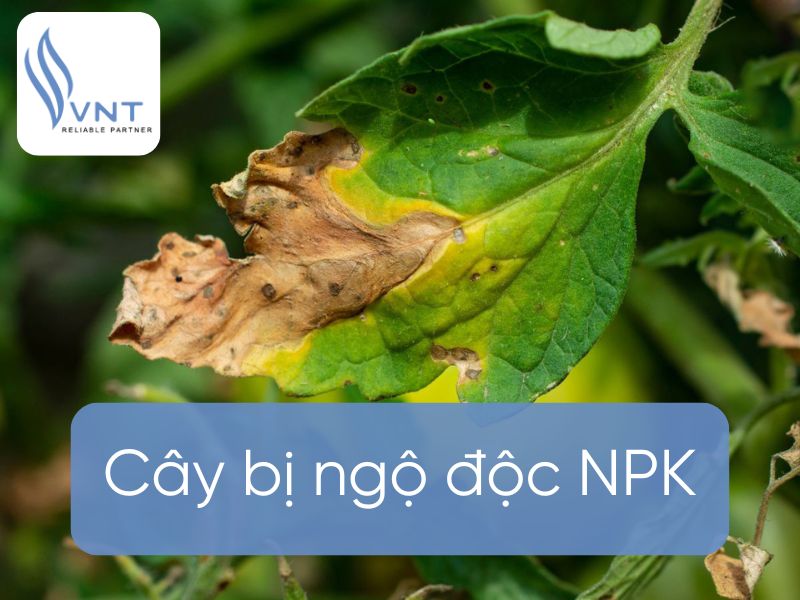
![[SHARE] How to use NPK fertilizer properly that everyone should know!](https://vntradimex.com/public/files/news/cach-dung-phan-bon-npk-dung-cach-682c46ab907d2.jpg)
